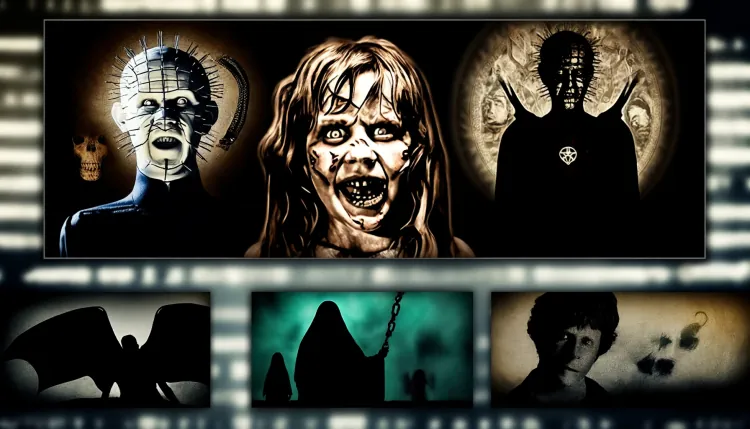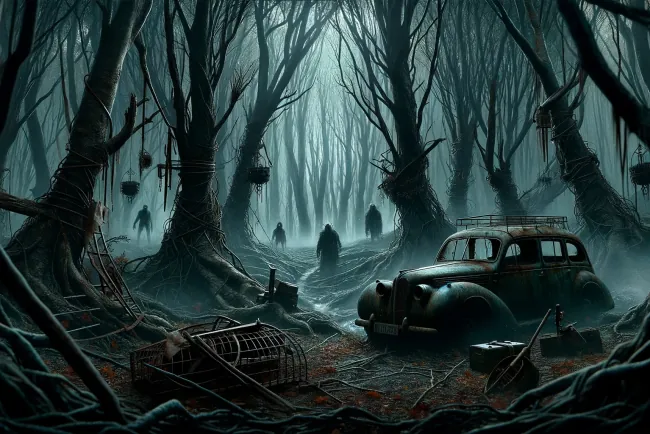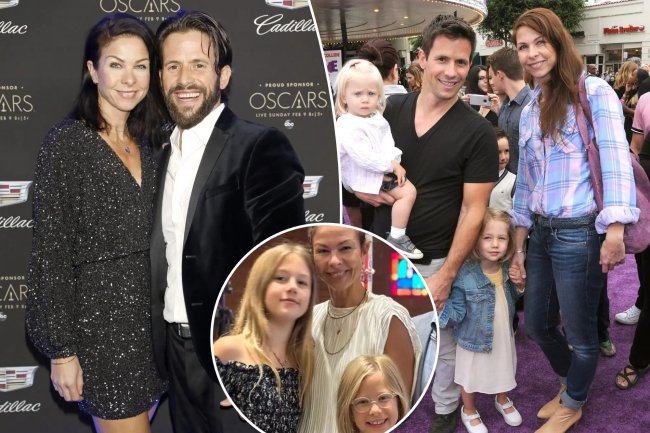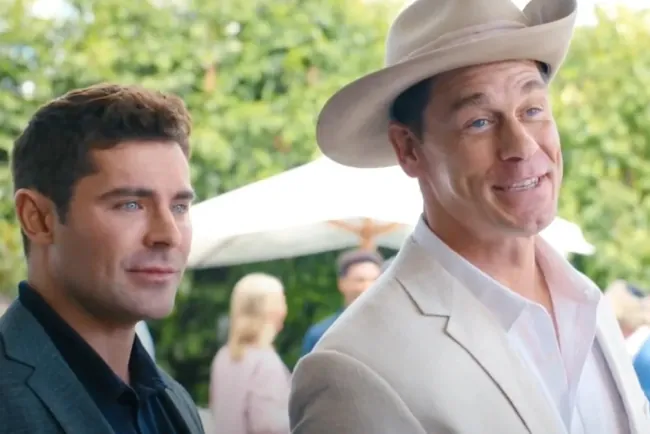The Evolution and Impact of Demonic Entities in Horror Films
The evolution and impact of demonic entities in horror films, from early cinema to modern classics like The Exorcist, Hellraiser, and Hereditary

Horror films have long captivated audiences with their ability to evoke fear and tension, and one of the most enduring and terrifying tropes in the genre is the demonic entity. These malevolent beings, often portrayed as supernatural creatures from hell or other dark realms, have been a staple in horror cinema for decades. This article explores the evolution, characteristics, and impact of demons in horror films, highlighting some of the most iconic examples and examining their cultural significance.
Origins and Evolution
The concept of demons in storytelling predates cinema, with roots in ancient mythology, religious texts, and folklore. Demons were often depicted as evil spirits or fallen angels, malevolent forces that sought to corrupt and destroy humanity. With the advent of horror cinema in the early 20th century, filmmakers began to draw on these rich traditions to create terrifying on-screen entities.
Early horror films like Nosferatu (1922) and The Cabinet of Dr. Caligari (1920) laid the groundwork for supernatural horror, but it wasn't until later that demons became a central focus. One of the seminal films in this regard is The Exorcist (1973), which portrayed the harrowing possession of a young girl by the demon Pazuzu. This film set the standard for demonic horror, with its shocking imagery, psychological intensity, and exploration of themes such as faith, innocence, and the battle between good and evil.
Characteristics of Demonic Entities
Demonic entities in horror films are often characterized by their malevolence, supernatural powers, and connection to dark rituals or ancient curses. They are typically depicted as being more powerful than human beings, possessing abilities such as telekinesis, shape-shifting, and mind control. Their appearance can vary widely, from grotesque and monstrous forms to deceptively human-like disguises.
One of the most unsettling aspects of demonic entities is their ability to possess humans, taking over their bodies and minds. This form of horror taps into deep-seated fears of loss of control and the violation of one's body and soul. Films like The Exorcism of Emily Rose (2005) and The Conjuring (2013) have effectively utilized this trope, combining visceral scares with psychological horror to create deeply unsettling experiences.
Iconic Demonic Films and Their Impact
Several films have become iconic for their portrayal of demonic entities, influencing the genre and leaving a lasting impact on popular culture.
-
The Exorcist (1973): Often cited as one of the scariest films of all time, The Exorcist brought the idea of demonic possession into the mainstream. Its intense depiction of a young girl's possession and the subsequent exorcism resonated with audiences and critics alike, earning it a place in cinematic history.
-
Hellraiser (1987): Clive Barker's Hellraiser introduced audiences to the Cenobites, demonic beings from another dimension who are summoned by solving a mysterious puzzle box. The film's blend of supernatural horror and grotesque body horror created a unique and terrifying experience.
-
Paranormal Activity (2007): This found-footage horror film revitalized the genre by presenting a more grounded and realistic portrayal of demonic activity. The slow-burn tension and use of everyday settings made the horror feel more immediate and relatable.
-
Hereditary (2018): Hereditary explores themes of family trauma and inherited evil, culminating in the revelation of a demonic cult's influence. The film's disturbing imagery and psychological depth have made it a modern classic in the genre.
Cultural Significance
The depiction of demons in horror films often reflects broader societal fears and anxieties. During times of social upheaval or moral panic, these films can serve as a form of catharsis, allowing audiences to confront and process their fears in a controlled environment. The religious overtones often associated with demonic horror also speak to deeper existential questions about the nature of good and evil, the existence of the supernatural, and the struggle for redemption.
In addition, the portrayal of demons and demonic possession has evolved with changing cultural attitudes towards religion and the supernatural. While earlier films might have relied heavily on religious iconography and themes, more recent films often explore these ideas in a more nuanced or secular context, reflecting a broader shift in societal beliefs.
Conclusion
Demonic entities in horror films have a long and storied history, evolving from ancient mythologies and religious texts to become one of the most enduring and terrifying tropes in the genre. Through their supernatural abilities, malevolent nature, and psychological impact, these entities continue to captivate and horrify audiences. As societal fears and cultural attitudes evolve, so too will the portrayal of demons in horror cinema, ensuring that these malevolent beings remain a potent source of terror for generations to come.
What's Your Reaction?






















